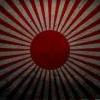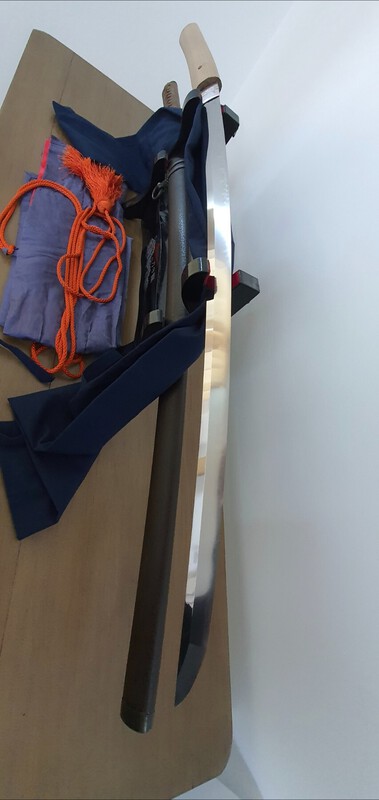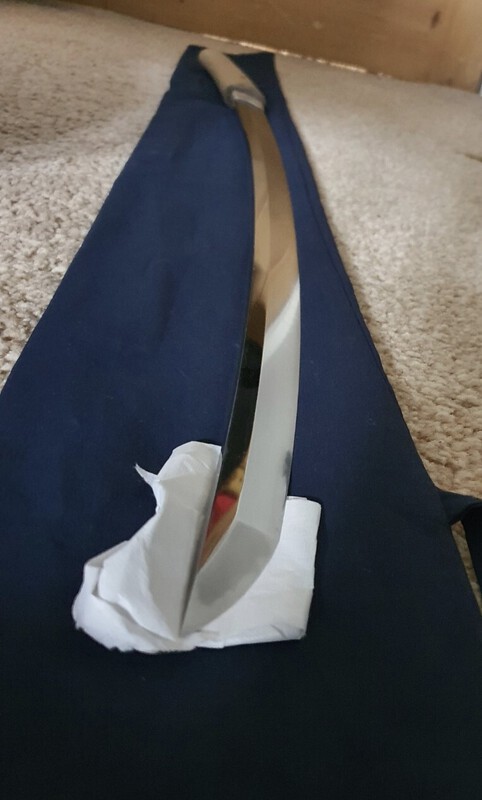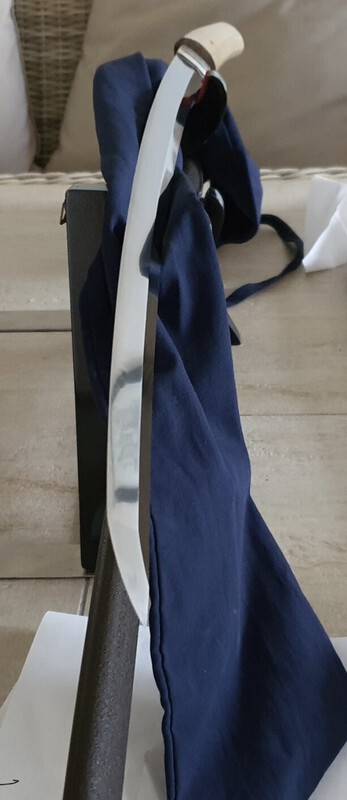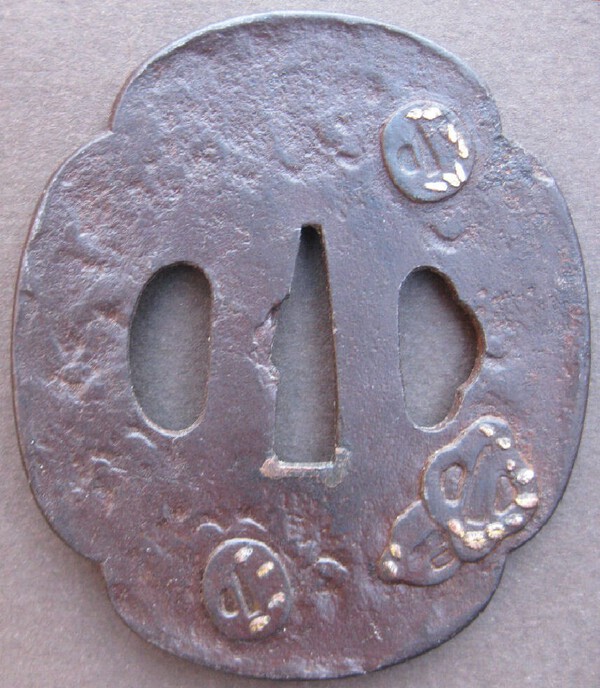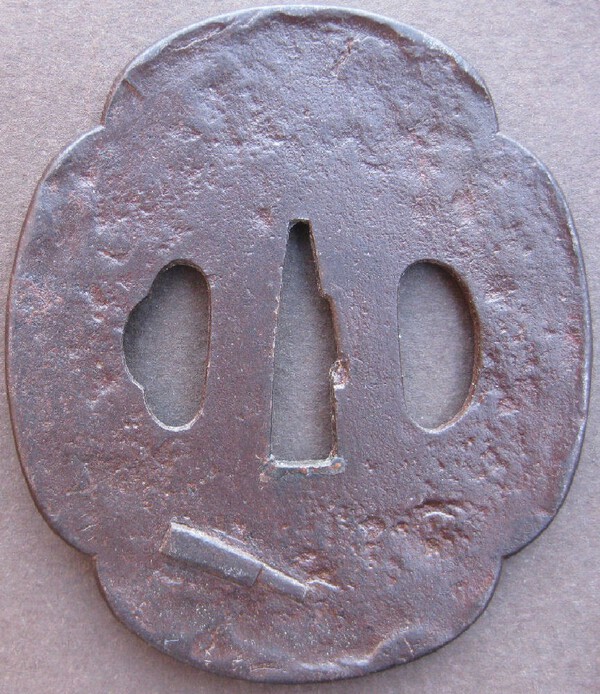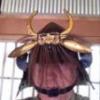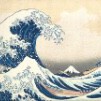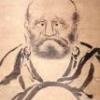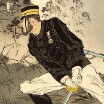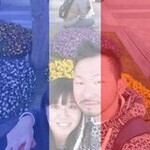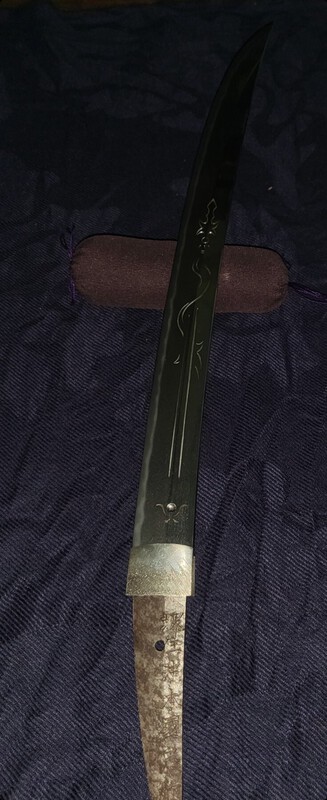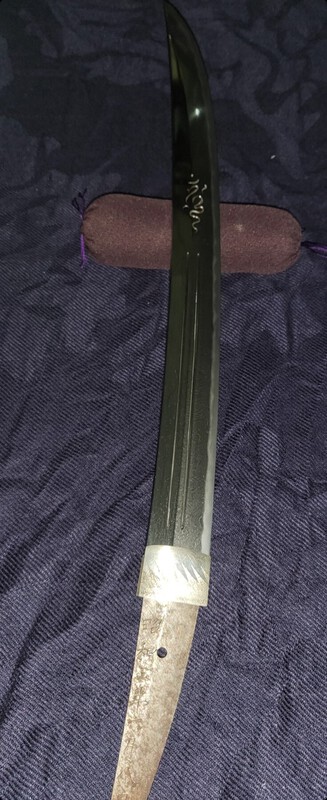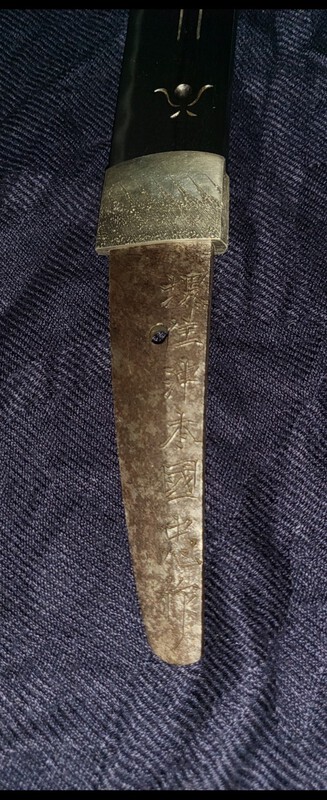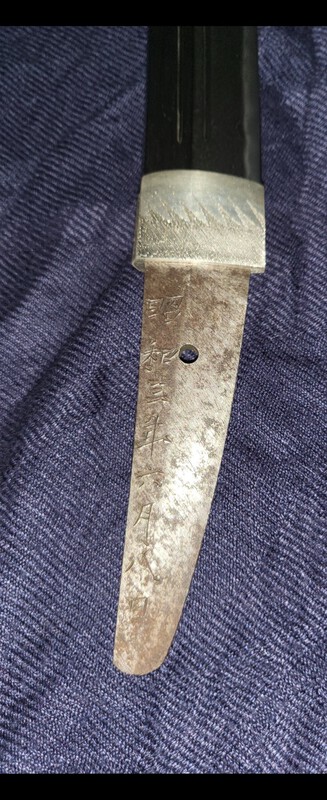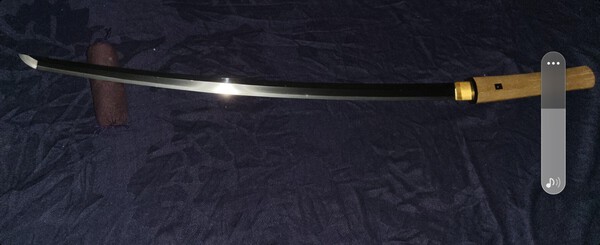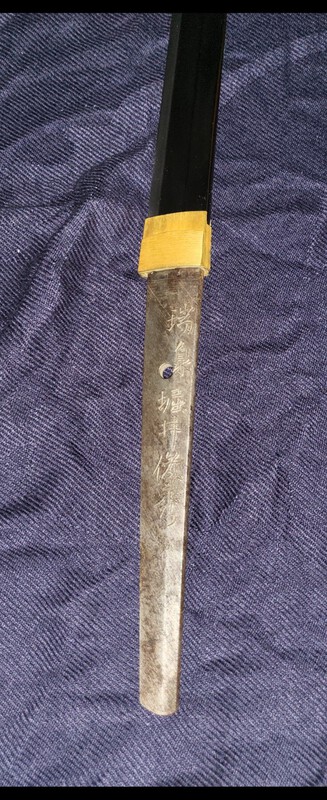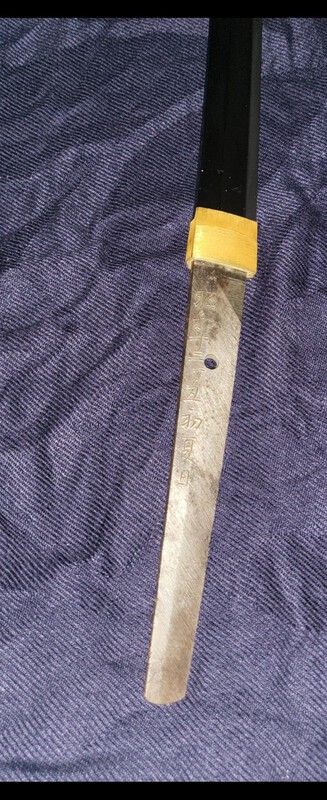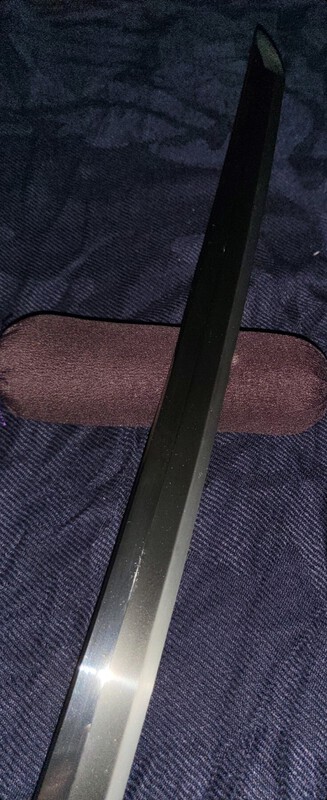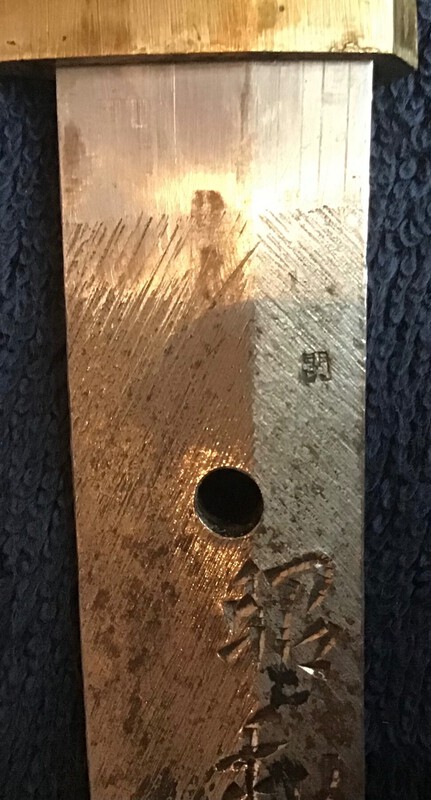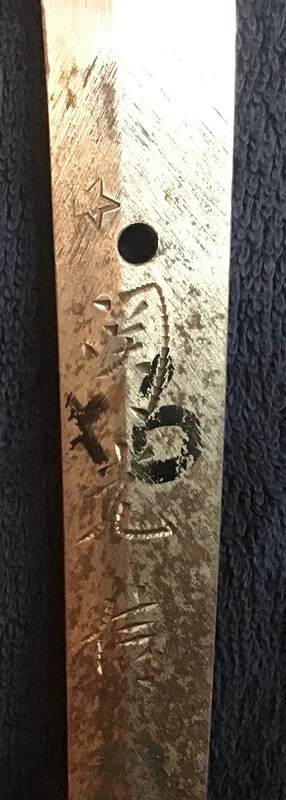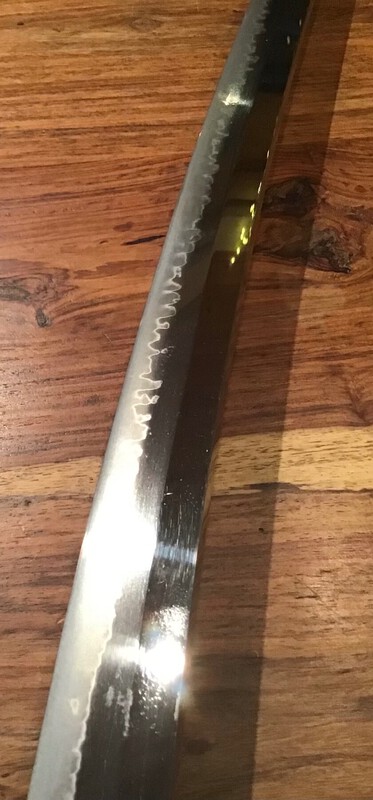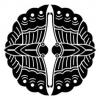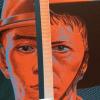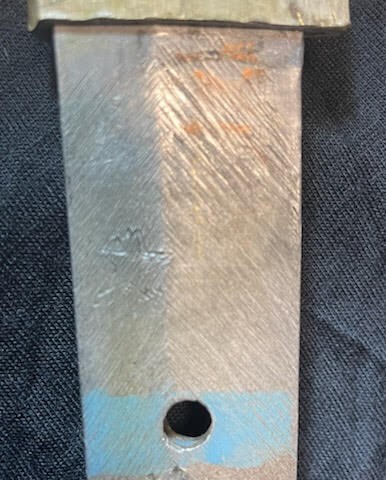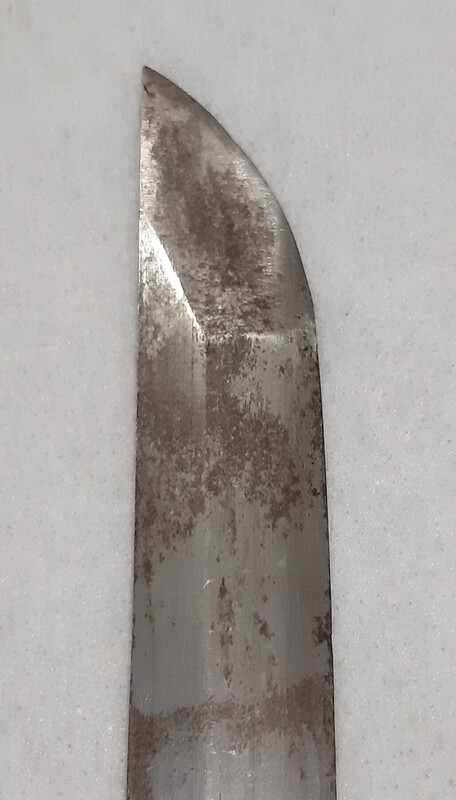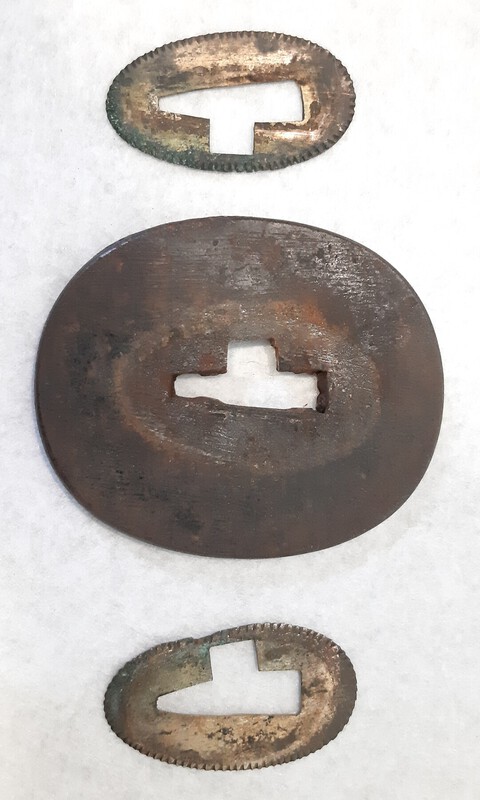Leaderboard
Popular Content
Showing content with the highest reputation on 05/24/2022 in all areas
-
Hi all I thought I post up few photos of my first sword I got back in February. I had read few books, but wanted a blade with history attached. It's a late muromachi 1527 hozon papered blade from Mino senjuin school by Kanesaki. What attracted me to the blade was price and it being a Koto era sword. Also the history of the sengoku jidai and that this blade was one of many produced for the war effort. However it is o suriage and mumei. Koshiare was meiji era, but the blade had been polished not too long ago. It has sashikomi polish and sanbunsugi hamon / togari gunome. As it was my first sword, I ensured it was papered and some history to it. I dont ever plan to sell the blade, probably will get new koshiare made for it at some point. It has nice jigane , jinie and hada, which my camera fails to get with current photos. I personally love the blade. And it was my first ever purchase in this new hobby of mine. Regards Paz5 points
-
My take is more figure-skating oriented. There are technical elements ranked in terms of difficulty and each school has a required set of those, as evident from the masterpieces. For Soshu one expects chikei, one expects nie to be well defined granulars with slowly varying size, if its very best the nie will have a cloud like appearance with clear gaps within. Personally though I like nioi hamon with inazuma and kinsuji, but that tends to be not the very best Soshu of Go but either early or later Sa. Full cloud based for me frankly can be a bit too much. For Bizen one expects midare utsuri. Bizen is seldom judged by hada, frankly, there are some smiths being exception. Add points for composition, add points for consistency of work.3 points
-
I think it is important that we take an integrative approach and consider the blade in its proper context; at least all the parts of a sword (blade, koshirae, etc) and ideally also the other accoutrements such as kimono or armour, bows, etc. Additionally it isn't really fair to compare to painting as a whole. The Japanese sword is one part of a unique culture and aesthetic. How successful would we expect an Ancient Egypt exhibition to be if only swords were displayed? This isn't to deride the Japanese sword in any way, but rather to illustrate that it is punching well above its weight as an art object. Comparison to suiboku-ga (sumi-e) is perhaps fairer, where there are defined boundaries and limitations. Some of the finest art in all domains comes from the creative and innovative ways an artist overcomes the constraints of their medium. I think this quote from Ogawa Morihiro is perhaps worth sharing: If the Japanese sword can be likened to a picture, it would relate aesthetically to the black ink paintings known as suiboku-ga. The bright and dark, clearly polished jigane would be analogous to the paper, and the yakiba, with the appearance of white blossoming flowers, for example, would represent how the black ink is said to display "five colours," meaning the impression of colour derived through variations in tone. In order to preserve this essential beauty and carry the polished sword, a scabbard of soft wood is made to contain the blade. To strengthen the scabbard, and to protect the blade against humidity, the scabbard is covered overall with lacquer. The other components of a sword mounting (discussed more fully in the essay titled "Sword Mountings and Fittings" in this volume) include a hilt (tsuka), whereby the sword is gripped in the hands, which is typically wrapped with ray-skin and bound with cords or leather to protect it from fracture under violent impact. The ends of the wooden portions of the scabbard are protected by metal fittings, and a tsuba (sword guard) is attached, protecting the palms of the hands and aiding adjustments to the overall balance. Accordingly, the Japanese sword can be said to represent the essence of several traditional crafts and fine arts represented by three specialist groups: swordsmiths, polishers, and the makers of sword mountings and fittings.2 points
-
2 points
-
Dang, the whole message just disappeared. Grrr… Second time lucky? A friend gave me a bolo (loop) tie that he had made with a) a kenjō tsuba for a Tantō, b) a cheap metal fitment, and c) super glue. Although I appreciated his kindness, the thing filled me with inner horror. Finally today I contacted an artisan at Osafuné and asked for his advice. “Place in a soft bag and boil in pure fresh water” he said. It took about 20 minutes for the magic to work, but holding it in the boiling water with one set of chopsticks, and prodding and pushing with a further single chopstick caused the thing to shift and give way at last. The epoxy glue layer had become like a sheet of gelatin. As you can see from the photo, the Tsuba itself is in fairly good condition after its two or three year ordeal.2 points
-
I am offering for sale a long Koto signed Tachi from Osafune School Late Nanbokucho / Oei era The tachi is signed "Bishu Osa", the remaining kanji are unclear NBTHK Tokubetsu Kicho papers and Sayagaki by Kanzan Sato - Bishu Osafune Masamitsu - Late Nanbokucho NTHK - Bishu Osafune Iemori - Oei era Both smiths are Bizen Kozori School The blade is with magnificient shape with strong clear Utsuri Nagasa 75.4cm Sori 2.4cm Motohaba 3.1cm Sakihaba 2.1cm Kissaki 2.7cm Nakago nagasa 23.1cm The blade its just a little suriage ( 6-8 cm ) Incl. a very good quality Shirasaya Price ... SOLD + PP fee or SEPA payment Including postage within the EU The complete photo gallery can be found here https://eu.zonerama.com/Nihonto/Album/62924321 point
-
John, there is information in the link I shared above but this date is when the owner in Japan had the sword registered. This may have been a collector, owner or dealer in Japan with no connection to the individual you bought it from. It may have had one or more owners between the time it was registered and the time it was sold in a shop in Japan. Torokusho is supposed to be turned in when the sword is exported, which is also discussed in that link on the export process. The Torokusho is handed in, and an export permit (Kobijutsuhin-yushutsu-kansa-shomei 古美術品輸出鑑査証明) is issued in return.1 point
-
I think a few things should be mentioned as to the Edo Shinto attribution (light attribution) but because the jigane and hamon are very Edo Shinto. The Nakago here has been redone and so it is easier to mess with the geomety and try to pass it off as older, shame about those mekugi ana...swiss cheese style so trying to replicate a much much older blade.1 point
-
Ok, thanks guys. I’m taking extra care not to touch the blade with bare hands but I was manipulating the tang, so thanks for the confirmation.1 point
-
1 point
-
I think this is well captured by another quote from Ogawa Morihiro (on the same page as the quote above). Before the Meiji era, when swords were still used as practical weapons of war, a fine blade was so esteemed that a samurai would make virtually any sacrifice in order to obtain a great sword that would protect him on the battlefield. The sword — often called the "spirit of the samurai” — was also the most coveted of gifts, to be given or exchanged on auspicious occasions and special events. In addition, after victory in battle generals often presented renowned swords to their commanders who had achieved military success, regarded as the highest honour by the recipient. Indeed, just one superior sword conveyed more meaning, and more prestige, than gifts of large domains or any quantity of gold, silver, paintings, and other treasures. The following is one example illustrating the scope of the samurai's obsession with swords. It concerns the tachi named “Ikkoku Kanemitsu” (One Province Kanemitsu) in the possession of the family of Duke Yamanouchi, formerly lords of Tosa han, which is designated an Important Cultural Property. In the early Edo period, this sword, by Bizen Kanemitsu, was highly reputed as a very great sword indeed. Having heard of it, Tokugawa Yorinobu, son of Tokugawa leyasu and the ancestor-founder of the Kishū Tokugawa family, asked Tōdō Takatora, a famous general under leyasu, to obtain the sword for him from the Yamanouchi family. The story goes that Yamanouchi Tadayoshi refused the request, to which Tōdō Takatora replied, “Even though you say that, if it were a command of the shogun you would have to give up the sword." Tadayoshi countered, saying that he "would return the whole province of Tosa” — an area covering the whole of present-day Kōchi Prefecture and nearly priceless in value — but would “never part with the great sword by Kanemitsu.” Swords made by famous smiths were, accordingly, extremely difficult to obtain, and for that reason fakes purporting to be the work of famous smiths have been made even since ancient times. In the Kanchi-in Bon Meizukushi — a 1423 copy of a Kamakura-period treatise on swords, kept in the Kyōo Gukoku-ji, Kyōto — it is recorded that cleverly made fakes of blades by the early Kamakura period swordsmith Bungo no Kuni Yukihira were in circulation, and it explains how the fakes could be recognised. In another instance, there were apparently so many blades purported to be the work of the famous seventeenth century smith Kotetsu, it was often said that if you see one hundred swords with his signature then without doubt you have seen one hundred fakes. I realise that this is well known to all participants in this thread, but it might be of interest to some people reading along.1 point
-
Mumei katana measuring 63.0cm with 1.6cm sori registered August 9, 19651 point
-
Equally possible John! I was just sharing facts as I have them. All else is speculation, including mine.1 point
-
Dear Piers. Result! Was it Superglue or epoxy do you think? I note that you have called it a kenjo tsuba, what makes you apply that label to it, I wonder? Alll the best1 point
-
This type of adornment to the saya is (I believe) called a saya kanemono (basically saya decoration). They are very common on the luxurious top end Tanto from the Meiji period…..often of breathtaking quality…..dragons, zodiacal animals…anything that would fit in with the overall theme of the koshirae. Probably appealed more to the wealthy merchants of the Bakumatsu period onwards rather than to the (impoverished) Samurai of the times. However I have seen them added to older swords, possibly to “jazz them up a bit” for sale and also to hide damage to the saya. These ones are often menuki or pouch clasp fittings and can be very nice quality. Many are added outside of Japan…..look for clumsy glue overspill!!! If fitted in Japan the “fit” would be far better. At first glance these ones look like Tachi menuki being reused? Of course…..only imo! Best. Colin .1 point
-
Hi John, Do you mean have the fittings made? The colour of the tang suggests that the blade hasn't been shortened recently but probably was in the past as one of the holes is sealed up and others added - that is more in the line of swordsmith work, having army (gunto) fittings made would be a separate thing. It could have arrived in its war mounts by 3 routes: being an old family sword handed down and taken to war; it might have been purchased by a relatively well-heeled soldier who wanted something better than standard army issue or it might have been donated "for the cause". Later in the war there was a shortage of swords for those ranks required to carry one and the government requested that old blades be donated so that they could be used in the war effort. A bit of bad news, from the marks on the blade it looks like someone has taken a buffer to it so it isn't in as good condition as it could have been. Please don't be tempted to clean it further or do anything beyond giving it a light oiling and don't clean up the tang - the patina there is an indication of its age and is never touched on Japanese swords. Otherwise a nice acquisition and I hope you enjoy it. Welcome to the forum and to the hobby.1 point
-
Thanks Guys, All privately commissioned Gassan Sadakatsu blades I have seen to date have this same wording. I don't know if other swordsmiths used this wording as well or if it was something peculiar to Sadakatsu. Interestingly, just as you see the original owner's name removed from origami, you also see examples of Sadakatsu blades where the owner's name has been removed from the nakago as well. Gassan Sadakatsu was very consistent in the way he signed. You can see gradual changes from examples in the 1920's thru to 1943. I agree Curran, one of the things I enjoy about his blades are his penmanship on the nakago. Here is the whole sword. Cheers, Bryce1 point
-
That... is a very pretty signature. I have a lot of respect for Sadakatsu work and have seen a fair number of his signatures, but that one is particularly nice penmanship in iron. Give me a writing brush and 5 years, and I don't think I could pull that off with ink. Certainly not in iron. Sounds like an interesting blade, just from the signature alone. Sadakatsu's last year of life too, so I romanticize it a bit and think this was one last burst of effort for the artist.1 point
-
It appears to be older than Edo period, the short Nakago indicates Muromachi Bizen. Likely not a treasure sword, but rather a good honest sword made for fighting.1 point
-
Not NCO. Nice to have matching numbered fittings, looks like an old blade. Definitely a Type 98 for officers though.1 point
-
I asked about this blade a while ago and I remember Matthew Brice telling me something along the lines of the "traditional mounts" were put on by the previous owner (and didn't fit perfectly) in an attempt to keep the gunto mounts. The previous seller agreed during negotiation to sell it with the gunto mounts which were the actual "original" mounts...? Something along these lines.1 point
-
Colin, unfortunately what you are saying is all true…. It has become very difficult ….1 point
-
Thanks Michael, trouble is I’m too worried to send swords anywhere at the moment……let alone abroad. Maybe I am being too cautious but there seems to be a hell of a lot of problems both with carriers (uk and international) and our own border force. I’ve had a katana that was superbly packed and sent from the uk arrive opened, played with and the kissaki chipped. A friend has recently had swords that he bought abroad returned to the country of origin by our wonderful Border Force public servants. If a UK carrier knows it’s a sword they will refuse it…..and/or not pay out under their insurance if damaged. People on this forum have had swords confiscated…..it goes on and on and it’s getting worse. I think I’ll settle for the pleasure of ownership “as is” and avoid the worry. Plus of course there is no EMS from Japan thanks to Putin. Hey Ho…..it won’t stop me buying though! all the best Colin1 point
-
Those were the days……….it was very similar in Norfolk UK. French bayonets used as pokers, swords to cut/slash hedges….all very rural.1 point
-
1 point
-
Agreed that is the best approach Brian. I have also suggested having the seller show a photo of their current drivers license next to the nakago of the sword. Here is another member's post below. The new email the scammer was using is ndolo@aol.com. "FRAUD ALERT Hi guys, Just to warn you. Some scammers recently tried to crook me on this group. He was Eden Gerald. Fake name of course. The main point is the scammer send you a link to a fake USPS website with a fake tracking number that only work on this fake website. Hence you think you are following your parcel in transit. But nothing has been shipped. It can fool you quite easily. Since the parcel has been "shipped" to you, the scammer push you to pay him quickly using bank transfert or Paypal family and friends only. Please see screen shot attached of the fake USPS website. The mistake is the "double pp" in "exppress" in the searsh bar. Hope that help."1 point
-
Man, in the online knife collecting circles, we get this stuff almost daily. But looks like it's spreading into the more specialized fields. Watch out guys. ONLY use PP Goods and Services, not F&F. Just pay the fees. With strangers, at last ask the person for a pic of the item lying on a piece of paper with your name and date on it. And always be wary. Thanks Ray.1 point
-
1 point
-
1 point
-
My mistake, sorry it has been a busy week. I will send you a private message momentarily.1 point
-
Hi Sean, You have a very nice sword to a fine price. If that item had been posted in Europe (within the EU) I would have sent you a PM with an offer. But the severe restrictions and customs between the US and Europe very often make it a very expensive and time consuming transit (especially in regard to Denmark). The situation in Europe (Ukraine and Russia) is also testing our economic future in so many different ways. People are probably just “waiting” to see what way things are turning. Hope that make sense. /Soren1 point
-
Greetings all. I am learning so much about Showa swords from this forum. Obviously knowledge has greatly increased over more recent years. I am posting this sword to hopefully get all/any comments/opinions/ information but also because hopefully someone might enjoy it. I believe the Star stamp suggests it is a traditionally made blade? It has two other stamps…one on nakago and one on nakago mune. I believe it is dated 1942 and signed Seki Mitsunobu. From what I can find, he was a young smith who came late to the RJT programme….please correct me. I bought it because I really liked the blade. To me it has “spirit”….flamboyant hamon etc. The forging is very dense and does not really show in the current polish (wartime??). The Nagasa is 65cm but the blade is quite light and has excellent balance…imo. I believe the smith had some real talent even though young? What do you all think. Many thanks. Stay well. Colin.1 point
-
Sorry, forgot to add the inscription on the Iida latch 飯田式錠蓋 Iida-style locking lid 専売特許 Patented 第一三二一〇六号 #132106 The Iida latch was developed by the forebears of what has become one of Tokyo's higher end sword dealers, Iida Kōendō. https://iidakoendo.com/ Swords in scabbards with Iida latches are very collectible.1 point
-
Colin, one thing to note is although ‘Kunihide’ [国秀] is a fairly common name, the mei on your tanto is signed with 圀, which is an unusual character for Kuni. I believe this to be the work of Enryūshi Kunihide [円龍子圀秀], who resided in Kōzuke, Annaka [上州安中] (modern day Gunma prefecture), and was trained by Nakayama Ikkansai Yoshihiro” (中山一貫斎義弘), who worked in the Norishige style. Here is another example of Kunihide’s work - https://www.nipponto.co.jp/swords4/KY328889.htm The one in the link is dated three years after yours, also displays the same pronounced hada, and is listed as an utsushi of Norishige.1 point
-
Jacques By your logic, there is no way to assign a list of the world's best musicians or artists. Because they all worked in different styles and mediums, and you cannot directly compare them, you cannot say for sure that Picasso, Bach, Mozart, Van Gough etc etc are in the top of their leagues? I don't agree. Quality is quality and transcends styles, eras and similarities.1 point
-
Bruce, here is one of mine to ponder. RJT smith KANETOSHI with just about every acceptance and arsenal stamp, including a star stamp miss hit 3 times! It is 65cm long, made in 1941, and is extremely well made, including what looks like a Juka-Choji hamon. The stamps are on both sides, and 3 on the mune. Matching assembly numbers on the fittings. It is in original WW2 polish, but every feature is visible.1 point
-
Item No. 50 Brass tsuba with raised rim , ishime ground , gold ,silver , copper and shakudo inlays 8.20 cm x 7.45 cm x 0.47 cm over plain , 0.71 cm over figure Subject of Monkey King , Songoku standing on a cloud , exhaling a crowd of small armed figures who are attacking / frightening off an Oni . King Oni maybe ? The rear uses gold dust to create the impression of mist With a grass script ? signature Natsuo. Studio ? Could perhaps do with a light clean , there seems to be detailing hidden ... Any views / comments ?1 point
-
I posted this sword in the numbered habaki thread. Then I got curious and took it apart for a further look. Rather than hijack that thread, I thought I'd share the findings here. I'd say most likely a generic 'island sword' (the term we use for 'not sure who/when/where it was made, but showing genuine signs of age'). It could also be a repaired blade, though as you will see, the 'repair' is hardly fitting of the name. The fittings aren't bad. The habaki is on par with Japanese habaki. The other fittings are okay. From my own amateur observations, the blade itself appears to be reasonably well made, has a proper looking kissaki and ihori-mune. The ha-machi and mune-machi do not align, as the habaki has an inset for the mune-machi. There are a few file marks on the first few inches of the nakago, a number 21 stamped (matching habaki) then it becomes... well, you can see. Looks like it was mashed with a hammer... badly. All comments welcome, all opinions valid, please view photos carefully. Island sword, jeep spring, fake, repaired blade?1 point
-
1 point
-
The problem when speaking to people with 15 years of collecting experience ( @Alex A ) is that in 15 years they have basically looked at swords and still see only one thing. Very basic mentality and difficult to change the opinion, show them a beautiful bonzai and then they light up. Everyone has their own boat and different things rock them. To say Horimono are simple to make without having seen one made, to not have seen the Gassan in the Metropolitan Museum and not be awe struck or to never have owned, held and appreciated an Awataguchi Tadatsuna Nidai but comment so easily is a failing in 15 years of learning or "collecting"0 points
-
The seller is known to amateur polish and mess around with the mounts, please don't spread false hope when this is almost certainly a post war bubba job. Just note the seller as a charlatan and move on.0 points
This leaderboard is set to Johannesburg/GMT+02:00

